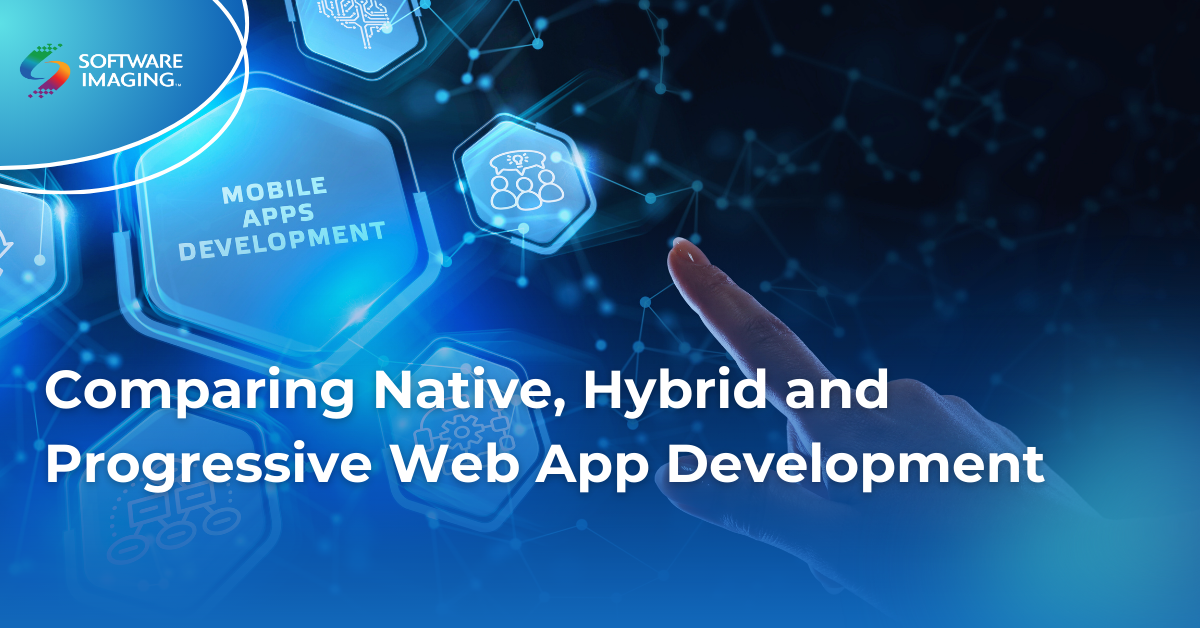In today’s mobile-centric world, choosing the right app development approach is crucial for delivering a successful product. Each method—native, hybrid, and progressive web app (PWA)—has its unique benefits and challenges.
Native App Development
Native apps are built specifically for a particular platform, utilizing core languages and frameworks. For iOS, developers typically use Swift or Objective-C, while for Android, Java or Kotlin is preferred.
Advantages:
- Performance: Native apps offer the best performance. They can take full advantage of the device’s capabilities, ensuring smooth animations and quick load times.
- User Experience: With a design tailored to platform-specific guidelines, native apps provide the best user experience.
- Access to Device Features: These apps can directly access all device hardware features such as cameras, GPS, and sensors, enhancing their functionality.
Disadvantages:
- Cost: Developing separate apps for each platform can be expensive due to higher initial investment and the need for specialized skills.
- Time-Consuming: Building and maintaining multiple codebases for different platforms requires more time.
Hybrid App Development
Hybrid apps combine elements of both native and web applications. Built using web technologies like HTML, CSS, and JavaScript, they run within a native container, allowing for deployment across multiple platforms using a single codebase.
Advantages:
- Cost-Effective: Building a hybrid app means less investment in terms of time and resources, as the same codebase can be used across multiple platforms.
- Faster Development: With a single codebase, updates and new features can be rolled out quickly, resulting in a faster turnaround for app launches.
- Wider Reach: Hybrid apps allow developers to reach both Android and iOS users simultaneously.
Disadvantages:
- Performance Issues: While improving over time, hybrid apps can suffer from performance lags compared to native apps, particularly with high-intensity graphics and complex functionalities.
- Limited Access to Device Features: Access to native features is often limited compared to native applications, which can restrict the app’s capabilities.
Progressive Web Apps (PWAs)
Progressive Web Apps leverage modern web technologies to provide an app-like experience in web browsers and on mobile devices. They use service workers, web app manifests, and responsive design to create seamless experiences.
Advantages:
- Accessibility: PWAs work on any device with a web browser, allowing for easy access and instant updates without the need for downloads from app stores.
- Offline Functionality: Utilizing service workers, PWAs can function offline or in low-quality network conditions, providing a reliable user experience.
- Cost Efficiency: Developing a PWA can often be less expensive than native or hybrid apps, as it only requires one codebase.
Disadvantages:
- Limited Device Features: While PWAs can access some device features, they typically have less capability compared to native apps.
- User Experience Variability: The experience can vary across different browsers and operating systems, making consistent design a challenge.
In the ever-evolving landscape of mobile app development, understanding the differences between native, hybrid, and progressive web apps is essential for making the right choice for your business needs. Each approach offers distinct advantages, whether you prioritize performance, cost-effectiveness, or accessibility.
At Software Imaging, our dedicated team of experts is ready to guide you through the app development process, helping you select the best strategy tailored to your specific requirements. We take pride in delivering high-quality results and executing projects with precision and professionalism.
Whether you’re looking to develop a feature-rich native app, a versatile hybrid solution, or a dynamic progressive web app, we have the expertise and experience to bring your vision to life. Contact us today for a consultation, and let’s turn your ideas into reality!
